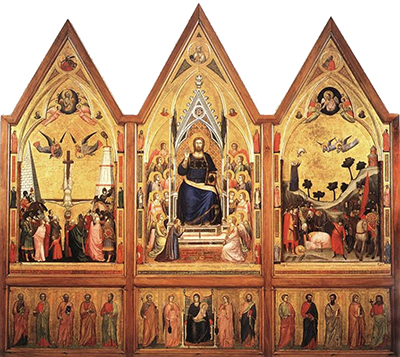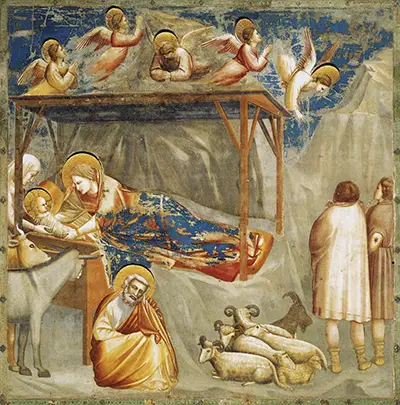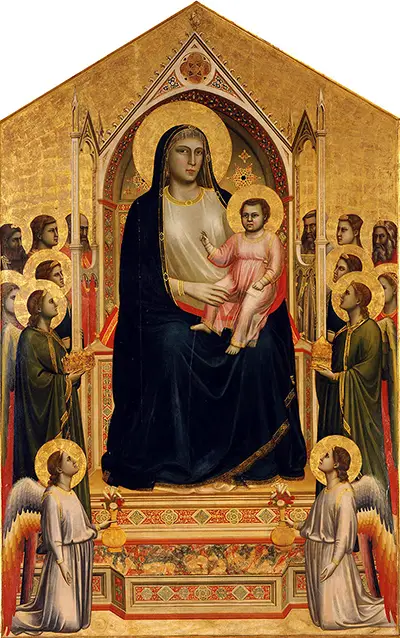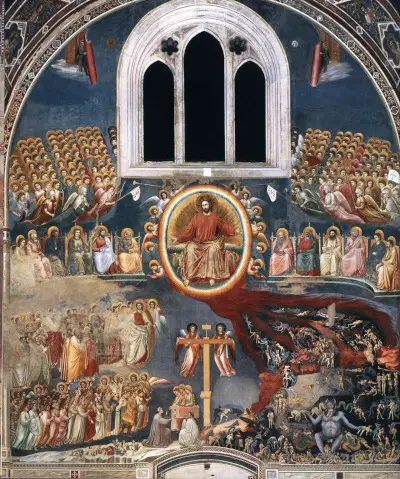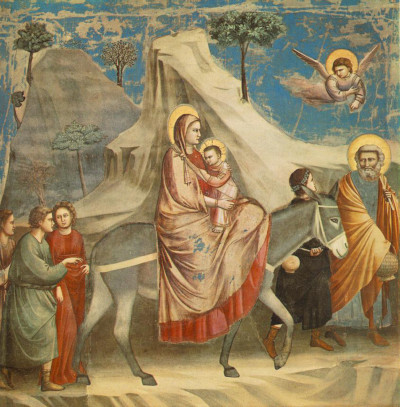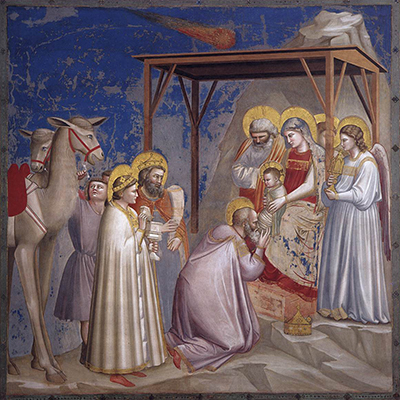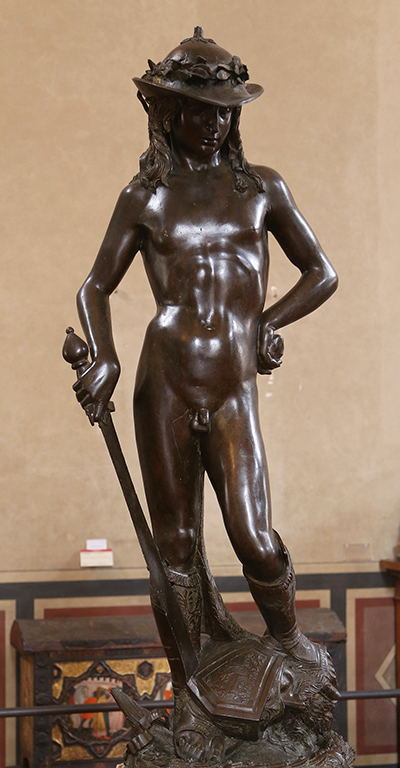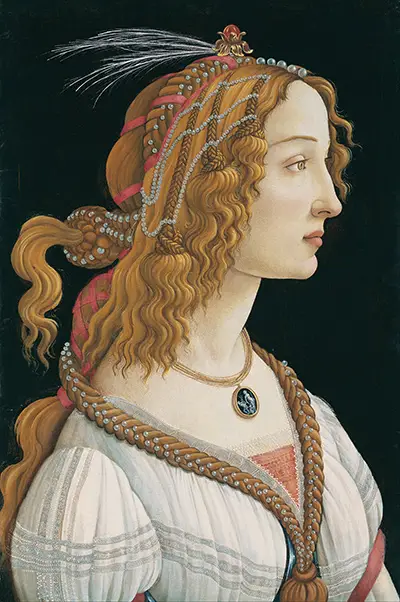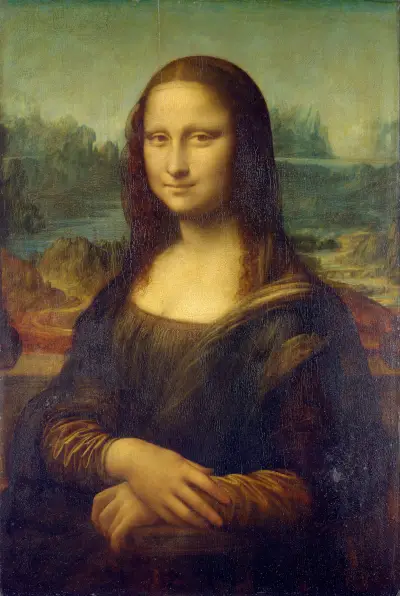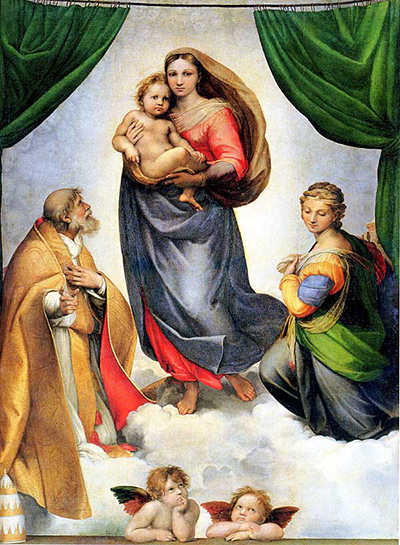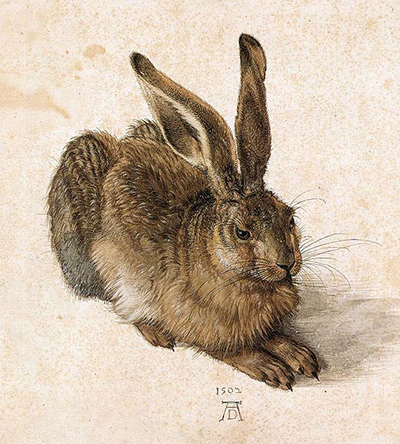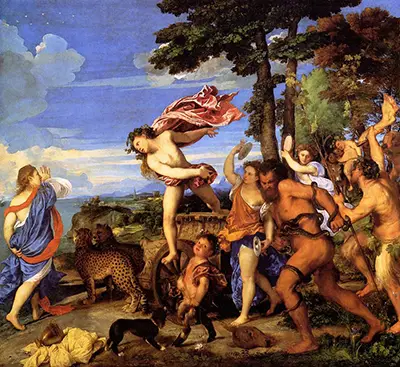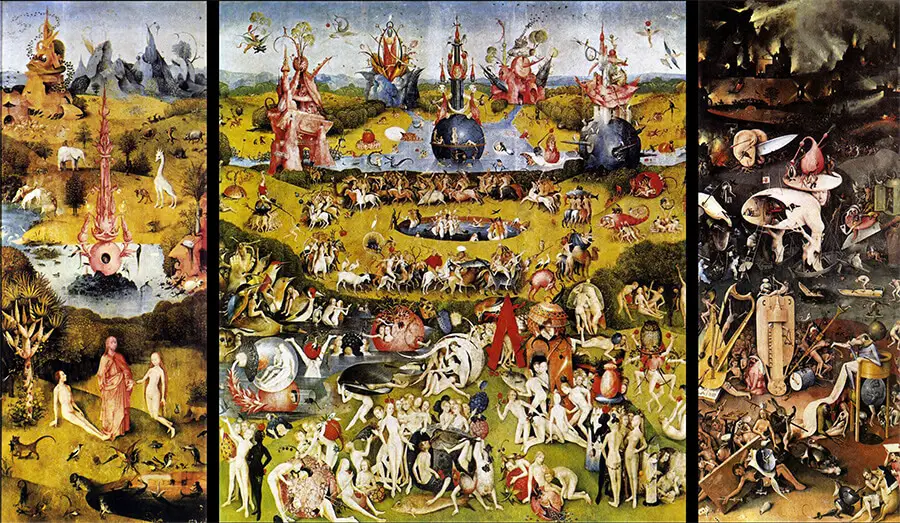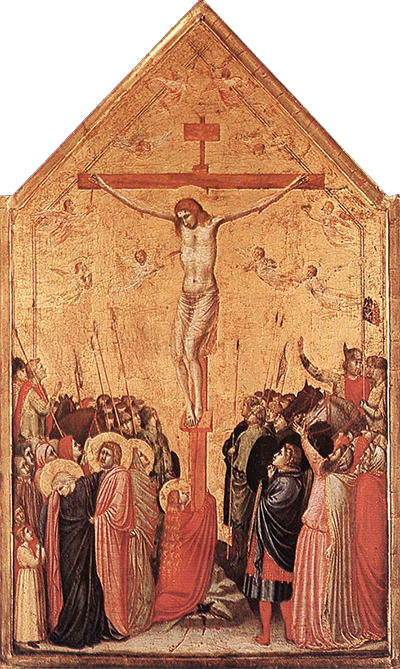 Buy Art Prints Now
Buy Art Prints Nowfrom Amazon
* As an Amazon Associate, and partner with Google Adsense and Ezoic, I earn from qualifying purchases.
The Crucifixion of Berlin is an excellent piece by the Italian painter and architect Giotto di Bondone who was popularly known as Giotto. He showcases his ability by coming up with this remarkable artwork. You should, however, know that there is a debate on whether Giotto executed the painting.
Introduction
The credit often goes to a disciple of Giotto, and people tend to attribute it to the same individual who completed the Crucifixion of Strasbourg. The medium that Giotto used to develop the painting is tempera and gold on a wooden panel. It was in 1335, approximately, during the early period of the Italian renaissance, with the item in front of us here dated instead at circa 1320. Giotto developed a spectacular painting detailing his idea of the crucifixion. Remember, the accounts tend to differ from one artist to another, but most of their depictions have many similarities. One can compare different paintings of The Crucifixion across different stages of the Italian Renaissance and also into North European art as well.
Giotto, an Italian painter and architect describes the crucifixion in his unique way. The artist attempts to recreate the powerful mood of this event but also to add his own creative ideas within the accepted narrative. He would draw on the original scripture, as well as other examples produced by related artists and then append his own stylistic techniques on top. The gold leaf paint was found right across his career and is perhaps one of the reasons for why many have attributed the Berlin Crucifixion to his hand. Giotto was entirely aware of all of the major themes of Christianity and was regularly commissioned to recreate various famous scenes from scripture for different projects all across Italy. His talents became very much in demand and his name alone was enough to acquire many high profile commissions.
Across his career, Giotto would work in locations such as Florence, Rome and Padua, completing single artworks in most cases, but also some larger series of works. He is believed to have been taught by fellow master, Cimabue, though many question marks remain from this period of art, because of how many centuries have passed since and also the lack of documentation that remains from that era. Many of these historical artworks have had to be moved from their intended locations into modern art galleries in order to protect them for the long term. One benefit of this is that many more people have been able to view these paintings as a result, although the display can never match the historical architecture found within the original churches or chapels around which each artwork was designed.
video
Table of Contents
- Description of the Painting
- The Mood of the Berlin Crucifixion
- History of the Painting
- Attribution of the Berlin Crucifixion
- Where can the Artwork be Found Today?
- What Related Artworks can be Found at the Gemäldegalerie in Berlin?
- Did Giotto Produce any other Crucifixion Paintings?
- What Techniques were used for this Artwork?
- Large Image of the Berlin Crucifixion
Description of the Painting
There are children available who are trying to have a verbal conversation with an adult wearing a black gown. Near the cross, Mary is seen kneeling looking up at her son with another woman by her side looking at Berlin. The remarkable inclusion of people is what makes the painting even more exciting. He pays more attention to the cross as he delivers a stunning image of Berlin on his final moments of agony.Blood is seen trickling to the foot of the cross, which is securely implanted on the ground. His attention to detail gives the painting a perfect finish. He includes several angels who are flying around Berlin. On either side, angels are tapping the blood coming from Berlin's wrists into bowls. It is one of the supernatural features which is visible in the painting. The angels are, however, unseen by the people, and that is why Giotto tries to make them blend with the gold background.
The painting shows the Biblical Christ, Jesus the Saviour crucified, and seemingly lifeless. The cross stands on a rock, and a skull is underneath. The interpretation is that the place is Golgotha, "the Place of the Skull." The area signifies death, and it's no wonder the Saviour is about to die here. On the left are roman soldiers holding Jesus' cloth. They seem to argue about who is going to take it. The scenario is really sad. Peter, one of the closest disciples of Jesus and a saint, watches in deep concern and sadness. He is grieved by the death of His friend, as displayed by the cries of angels hovering above Jesus. Towards the left is a scene that juxtaposes with that on the right. While the Roman soldiers seem to have made an achievement, the pious and devout on the left are mourning. Mary mother of Jesus is in deep grief and can barely stand without the support of holy women and St. John. Mary Magdalene bends over Jesus' feet, whose wounds are bloody from the nailing.
The Crucifixion by Giotto was inspired by the piety life and the devastating departure of Jesus. The Franciscans also played a significant role in influencing Giotto, since they were striving hard to live the lowly life of Jesus, and to be perfect examples in practising his teachings. A person looking at the picture gets the feel of firsthand experience as a witness of the advents and feelings that engulf the atmosphere. Christ's face is upon the Holy ones who are on the left of the picture. This gesture shows Jesus's compassion towards His faithful followers, which lights some hope in the sense that it's not over, and Christ is going to save them somehow, even in this situation. Jesus has a halo that shines on his head and not a crown of thorns.
The halo signifies glory, which also appears on all the other saints. The halo also juxtaposes with the situation of the devout, who are in deep sorrow. The armed and celebratory soldiers are disregarded since they are not expected to argue about who would take Jesus's cloth. It is shameful and unworthy of them. One of the soldiers is shoe-less, which contradicts with the power displayed by the swords in their hands. The Crucifixion by Giotto carries lots of contrast that is widely used to differentiate two groups. The cross at the centre cuts across the worlds of the people with precision. The symmetry is perfect, not even the number of angels (five) on each side of the cross deviates.
The Mood of the Berlin Crucifixion
There is a sombre mood of people throughout the painting. He uses his painting skills to come up with an environment filled with sorrow, hope, and confusion. He also becomes creative when it comes to incorporating the crowd in the setting. He does it so well that you can see masses of people without being overly so to overwhelm the main subject in the painting. If you take a closer look, you will notice that the centurions are carrying different types of weapons. Everyone is standing, waiting eagerly to see what is going to happen next. It is a sorrowful painting that clearly defines the crucifixion of Berlin. This religious painting is currently situated in Gemäldegalerie, an art museum in Berlin.
History of the Painting
The Crucifixion by Giotto from 1320 was produced on a panel which measures 58 cm × 33 cm. It can be found today at the Gemäldegalerie in Berlin, Germany, making it one of very few Giotto paintings to be located within this European nation. The artwork is believed to have been moved to the Gemäldegalerie, Berlin in around 1821, though most information on this arrangement remains untranslated from its original German. The two centuries that have passed since the painting arrived in Berlin has meant that most historians now refer to it simply as the Berlin Crucifixion, helping people to identify it when the artist was still under discussion. Additionally, most major names from that period would actually complete several different interpretations of this content, meaning there needed to be a clear way of differentiating them from each other. The same naming convention was used for a similar, slightly earlier piece which resides in the French city of Strasbourg.
Attribution of the Berlin Crucifixion
Most historians agree that this artwork was produced in around 1320, which would place it towards the end of Giotto's life. Initial judgements attributed it to Giotto but over the past century or so, alternative opinions have been brought forward. No other specific name has ever really been mentioned, but some respected experts have suggested that actually this piece could have been produced by a follower of Giotto, someone who worked in a similar manner and was highly skilled in their own right. The Strasbourg Crucifixion from several years earlier has experienced a similar level of discussion and many have drawn comparisons between the two, suggesting that whoever completed the Berlin version is likely to have been behind that piece too. Considering the amount of research that has gone into these paintings already, it seems unlikely that a definite answer as to the attribution will ever be found.
Where can the Artwork be Found Today?
The Gemäldegalerie in Germany has hosted the Berlin Crucifixion since around 1821. The list the piece under the German translation of Die Kreuzigung Christi, with a rough date of 1315-1320. The artwork itself is 59.7cm tall by 36.2cm wide. Their discussion on the piece suggests is definitely to be a Giotto piece, and they acclaim the strength of emotion delivered within this piece. It is quite common that the owners of particular paintings from past centuries will be more inclined to give a definitive attribution that other historians, with it being in their interest to link their collection to the greatest names in European art. That said, no other specific name has ever been put forward and so one cannot really argue too strongly against their own conclusion. The gallery will, no doubt, also have a number of highly qualified historians at their disposal who would have collectively come up with this position after extensive research into the history of this work.
What Related Artworks can be Found at the Gemäldegalerie in Berlin?
The gallery hosts and enviable collection of European art from the Renaissance era, with Giotto just one of the great names to be found here. One of our favourites would have to be Portrait of a Young Girl by Petrus Christus. They also offer Portrait of Jakob Muffel by Albrecht Durer plus also an entire room dedicated to German medieval religious paintings. Specific movements which are covered in good detail here include the Dutch Golden Age and Italian Baroque, including the mighty Caravaggio. Various paintings by Rembrandt and Bruegel the Elder can also be located here in a large and high class collection which has been added to for several centuries.
Did Giotto Produce any other Crucifixion Paintings?
Giotto regularly completed major themes several times over, with other examples including the likes of The Crucifixion, Crucifix in Santa Maria Novella plus also the Strasbourg Crucifixion. This powerful and emotional theme was one of the most popular within Christian art during all periods of the Renaissance and the artist would often be asked to produce commissioned pieces based around it. You will notice variations in the layout and format of each piece, with Giotto adapting his content to fit the environment in which each piece was to be displayed. Those commissioning such items would also often call upon the services of the finest sculptors to recreate this theme in marble too, underlining how it became re-used in so many different ways from the period of Giotto and Cimabue, all the way into even the Baroque era several centuries later.
What Techniques were used for this Artwork?
The artist would use tempera and gold for this piece, directly onto a wooden panel which was carefully crafted in order to receive this unusually angled piece. The top of the work is diagonal, for example, with a gold frame now found right around the artwork. Giotto tended to signify the divine figures in his works with golden halos and would also paint most of the background using the same tone. This created an uplifting impact, which helped his work to stand out, although there were others at that time who also used gold paint in a similar manner. Giotto had a favourite palette for incorporating clothing into his work, with tones of blue, red, pink and light green being visible here. The details still look fairly fresh because of how the current owner's have taken time to preserve and protect this piece for future generations to enjoy. The artist also incorporates a large number of figures in the lower part of the composition, whilst behind Christ a series of angels fly around in the distance.
Large Image of the Berlin Crucifixion
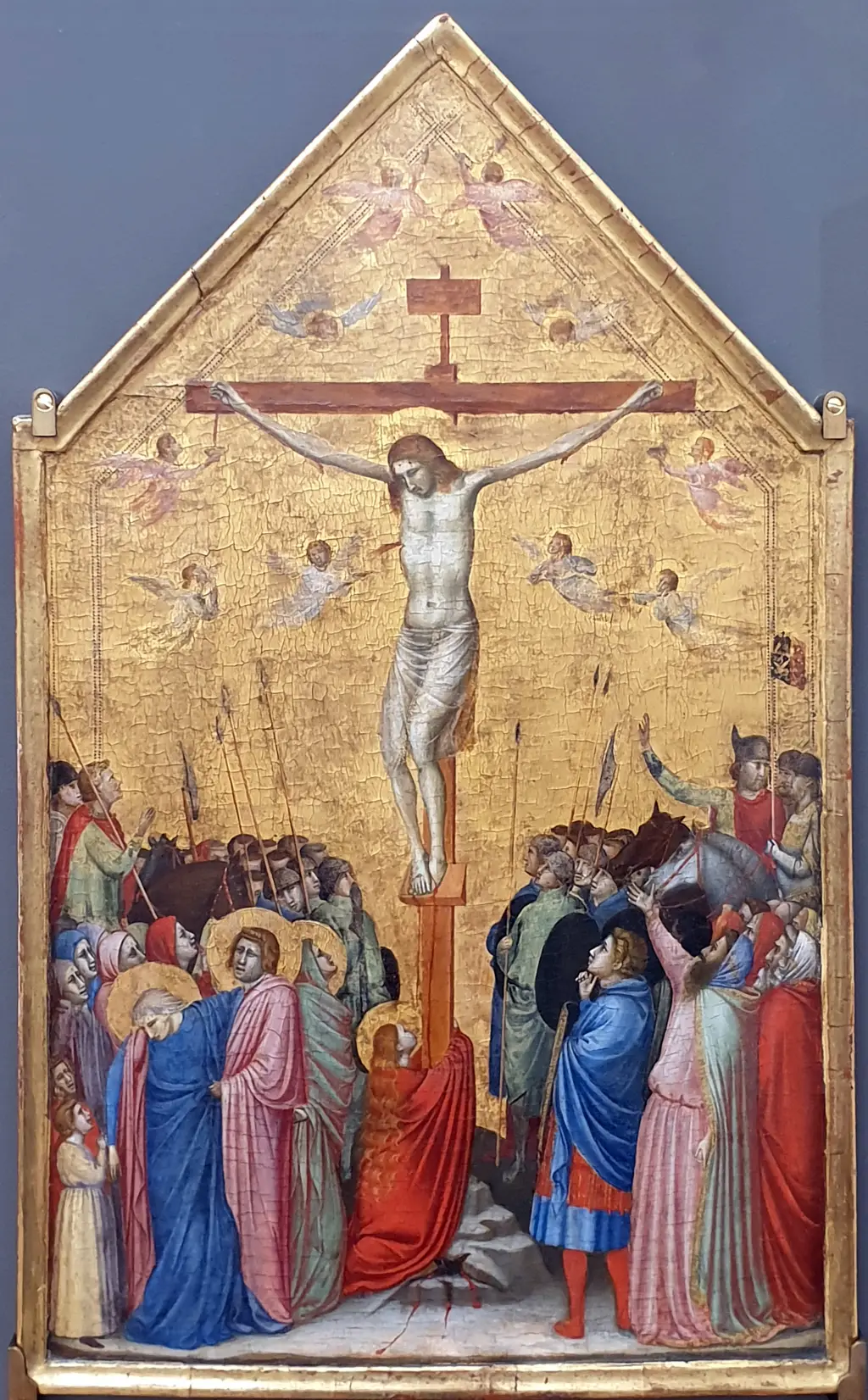
More Renaissance Artists



 Giotto.jpg)
 Giotto.jpg)
